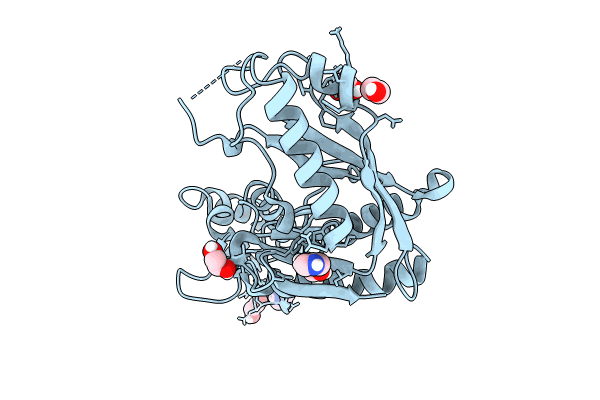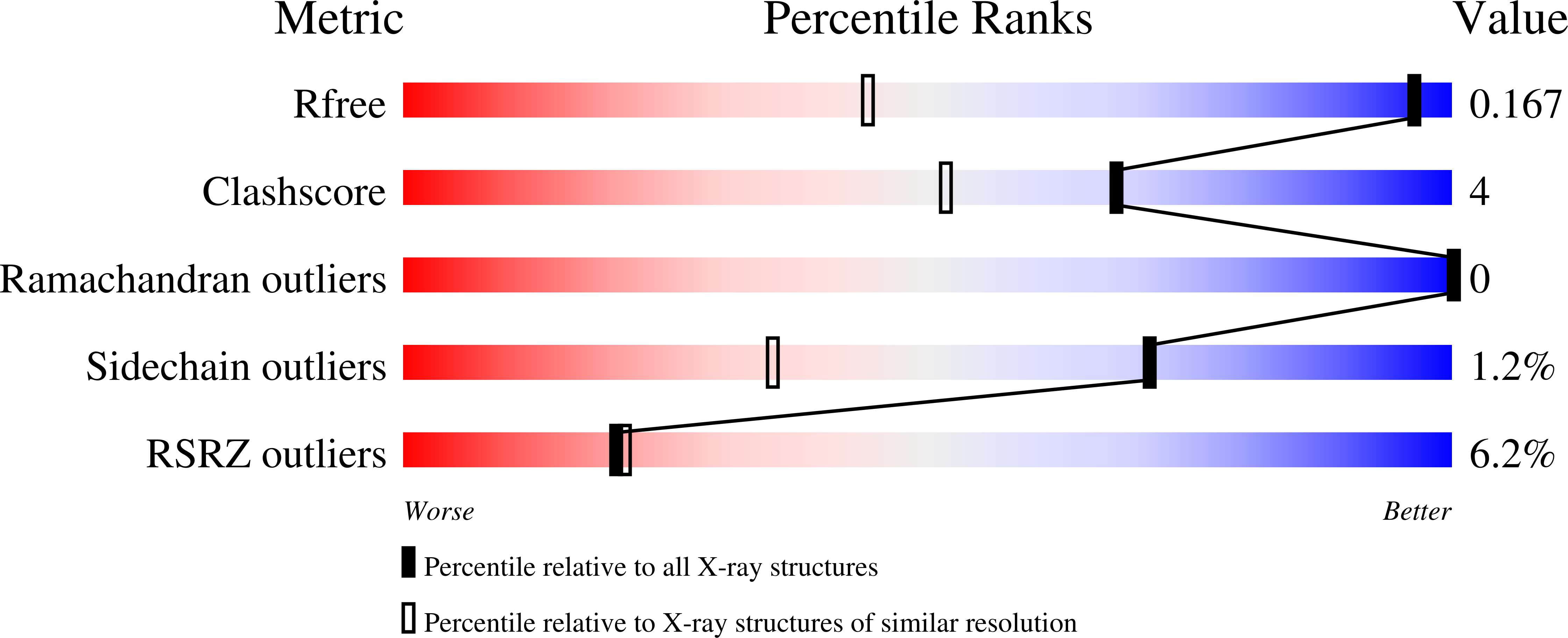
Deposition Date
2023-08-16
Release Date
2024-07-10
Last Version Date
2024-07-10
Entry Detail
PDB ID:
8TUK
Keywords:
Title:
Alvinella ASCC1 KH and Phosphodiesterase/Ligase Domain
Biological Source:
Source Organism:
Alvinella pompejana (Taxon ID: 6376)
Host Organism:
Method Details:
Experimental Method:
Resolution:
1.15 Å
R-Value Free:
0.16
R-Value Work:
0.14
R-Value Observed:
0.14
Space Group:
P 1 21 1


